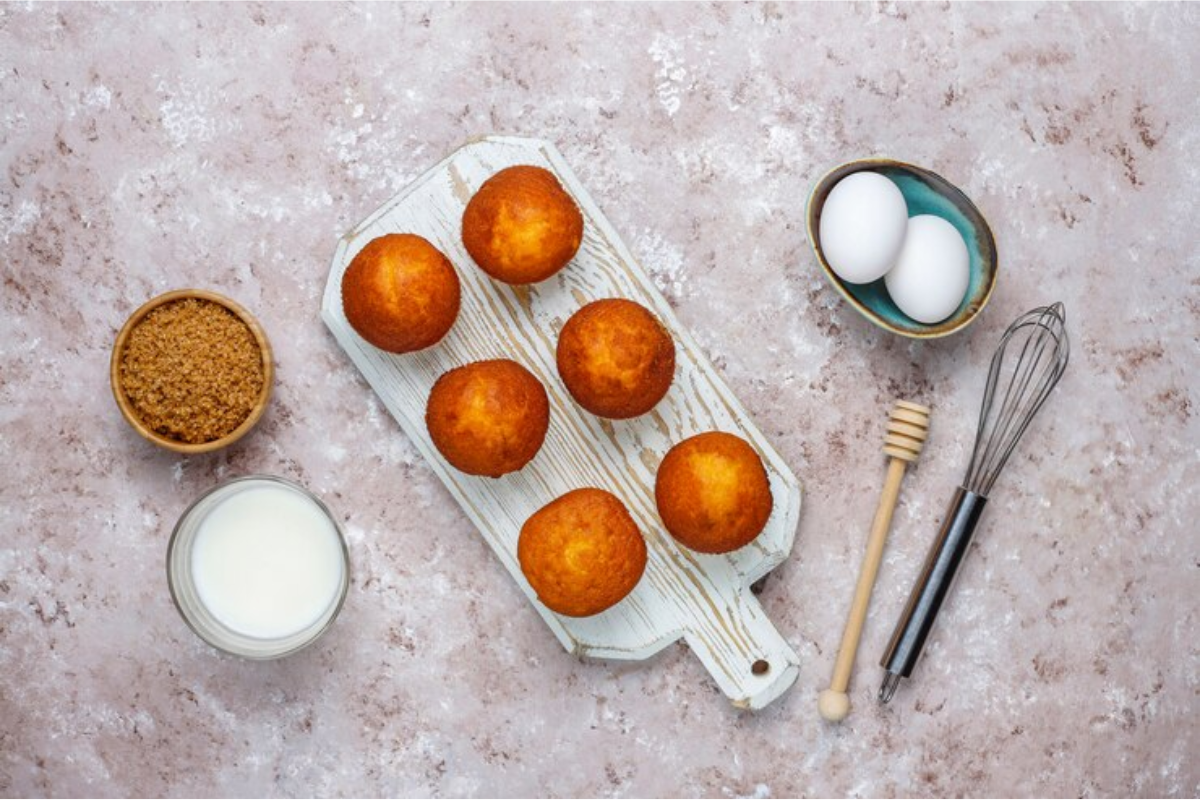Baking mini muffins is akin to conducting a symphony; every ingredient, every temperature, and every minute counts towards the creation of a perfect harmony of flavors and textures. But how do you hit that sweet spot, ensuring your mini muffins are baked to perfection? It’s not just about following a recipe to the T; it’s about understanding the subtle signs that whisper, “I’m ready.” This article will guide you through the art and science of recognizing when your mini muffins are just right, ensuring you never face the disappointment of an undercooked center or an overdone crust again.

Understanding Muffin Doneness
When it comes to baking mini muffins, the difference between almost done and perfectly done can be mere moments. Recognizing the signs of doneness is crucial, and thankfully, there are several indicators to help you.
Visual Cues
First off, let’s talk about visual cues. The most obvious sign that your mini muffins are ready to grace your taste buds is their color. A golden brown top is a classic hallmark of a well-baked muffin. But remember, the shade can vary based on the ingredients, so keep an eye out for that rich, inviting color that says, “I’m just right.”
Another telltale sign is the rise and dome. A perfectly baked mini muffin should puff up, boasting a domed top that’s proud and perky. If your muffins are looking a bit flat or, heaven forbid, sunken, they might need a bit more time to reach their full potential.
Toothpick Test
Ah, the toothpick test—a baker’s trusty sidekick. It’s simple: just plunge a toothpick into the heart of your muffin. If it emerges clean or with a few friendly crumbs clinging on, you’re in the clear. But if it’s coated in gooey batter, those muffins need a bit more oven time.
Timing is everything, so don’t jump the gun. Give your muffins a chance to bake through before you start poking around. And remember, the center muffin is your best candidate for this test, as it’s the last to bake through.
By keeping an eye on these visual cues and employing the trusty toothpick test, you’ll be well on your way to baking mini muffins that are just right—golden, fluffy, and utterly irresistible. Stay tuned, as we delve deeper into the nuances of muffin mastery in the following sections.



